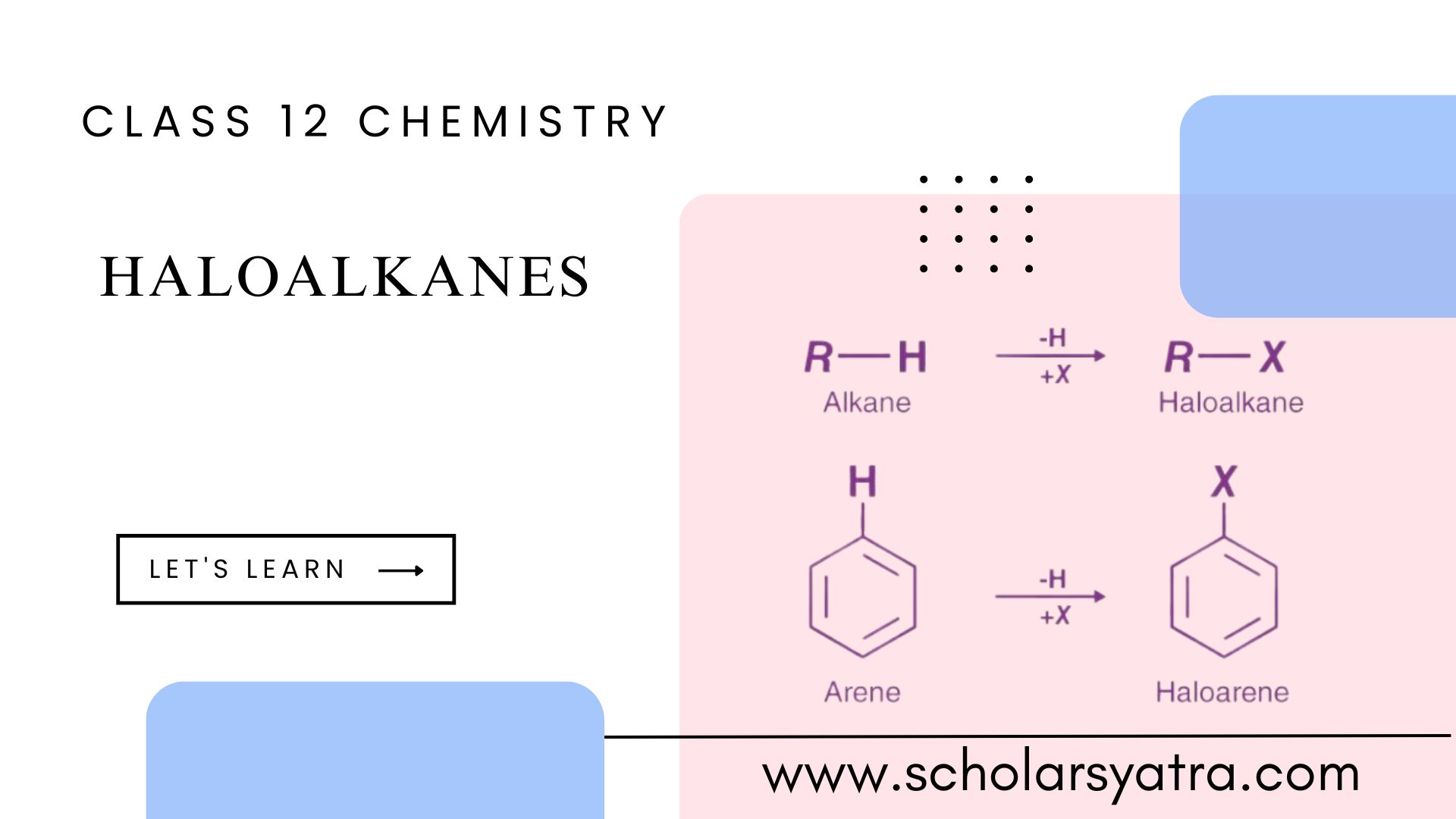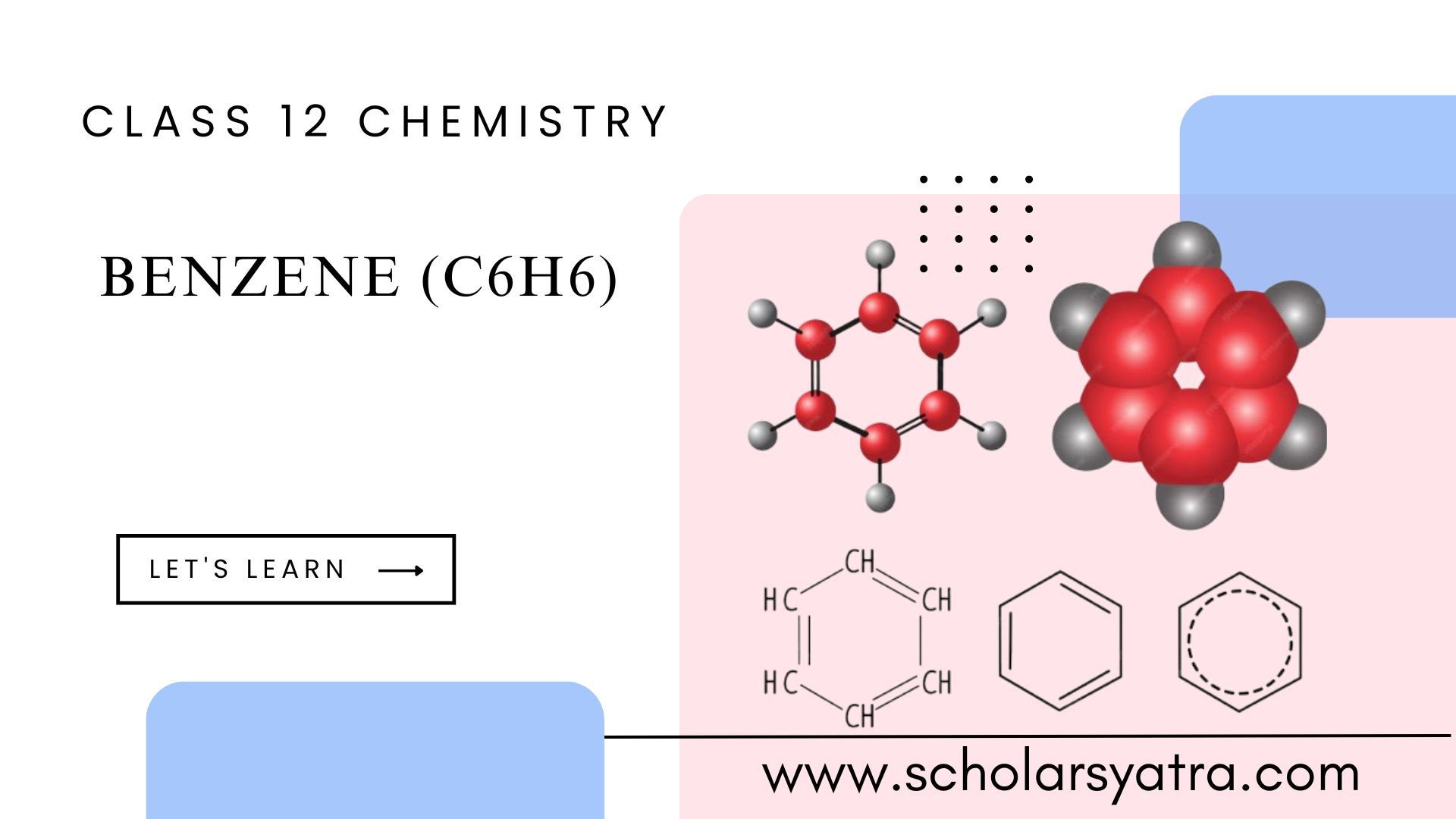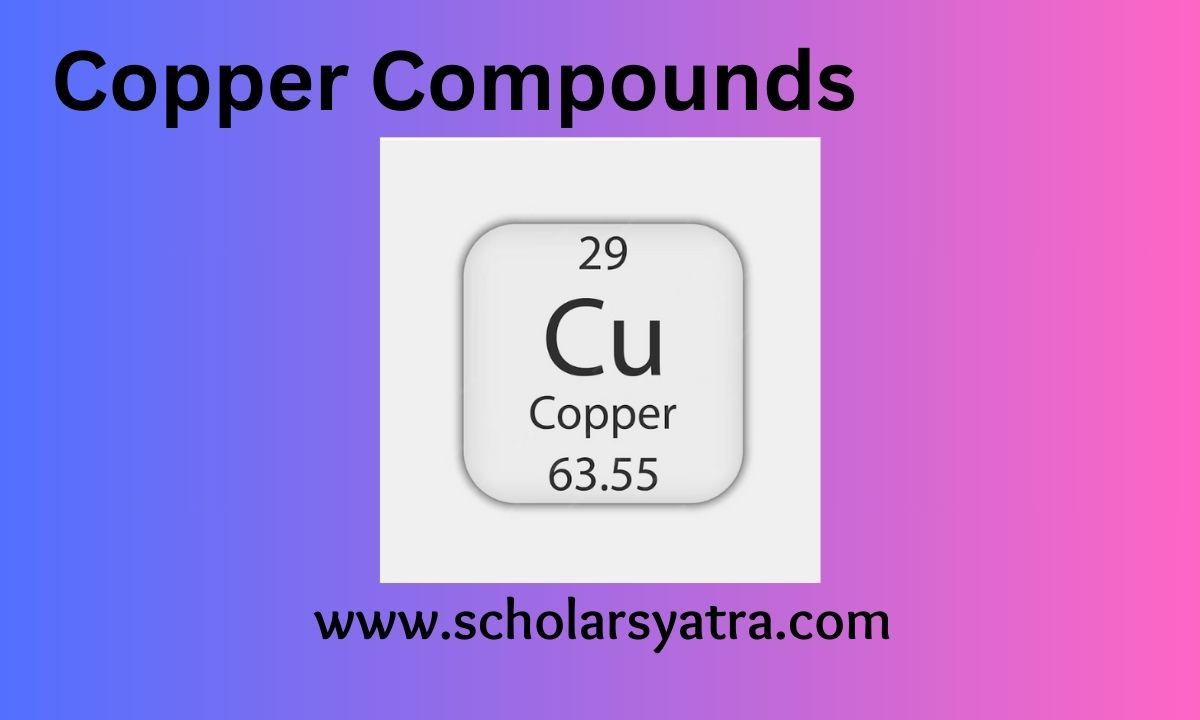
Haloalkane
Haloalkane/Haloalkanes, also known as alkyl halides, is a significant class of organic compounds in chemistry. They are derived from alkanes (saturated hydrocarbons) by replacing one

Haloalkane/Haloalkanes, also known as alkyl halides, is a significant class of organic compounds in chemistry. They are derived from alkanes (saturated hydrocarbons) by replacing one

Learn about benzene, its unique aromatic structure, physical and chemical properties, and applications across industries like plastics, chemicals, and pharmaceuticals. Understand benzene’s health risks and safety precautions.

Introduction to Aromatic Hydrocarbons Aromatic hydrocarbons are a class of organic compounds characterized by the presence of one or more benzene rings. The aromatic hydrocarbons

Let’s Learn about mercury compounds, their properties, industrial uses, toxicity, preparation, and environmental impact in this detailed guide. Mercury (Hg) is a unique metal that

Zinc compounds are a diverse group of chemical substances containing the element zinc, which has an atomic number of 30. Zinc is a transition metal,

Introduction to Copper Compounds Copper (Cu) is a transition metal that plays a significant role in both chemistry and industry. It is commonly found in

Introduction to Silver (Ag) Silver is a member of Group IB of the periodic table, which includes copper, silver, and gold. In its chemical reactions,

Introduction of Mercury Mercury, known by its chemical symbol Hg and atomic number 80, is one of the most unique elements on the periodic table.

Introduction to Zinc Zinc (Zn), with atomic number 30, is a transition element/metal recognized for its vital role in both industrial applications and biological systems.

Copper is one of the most essential and historically significant metals. Its chemical symbol, Cu, comes from the Latin word cuprum, which was derived from
Copyright 2024 | All Rights Reserved by Scholarsyatra